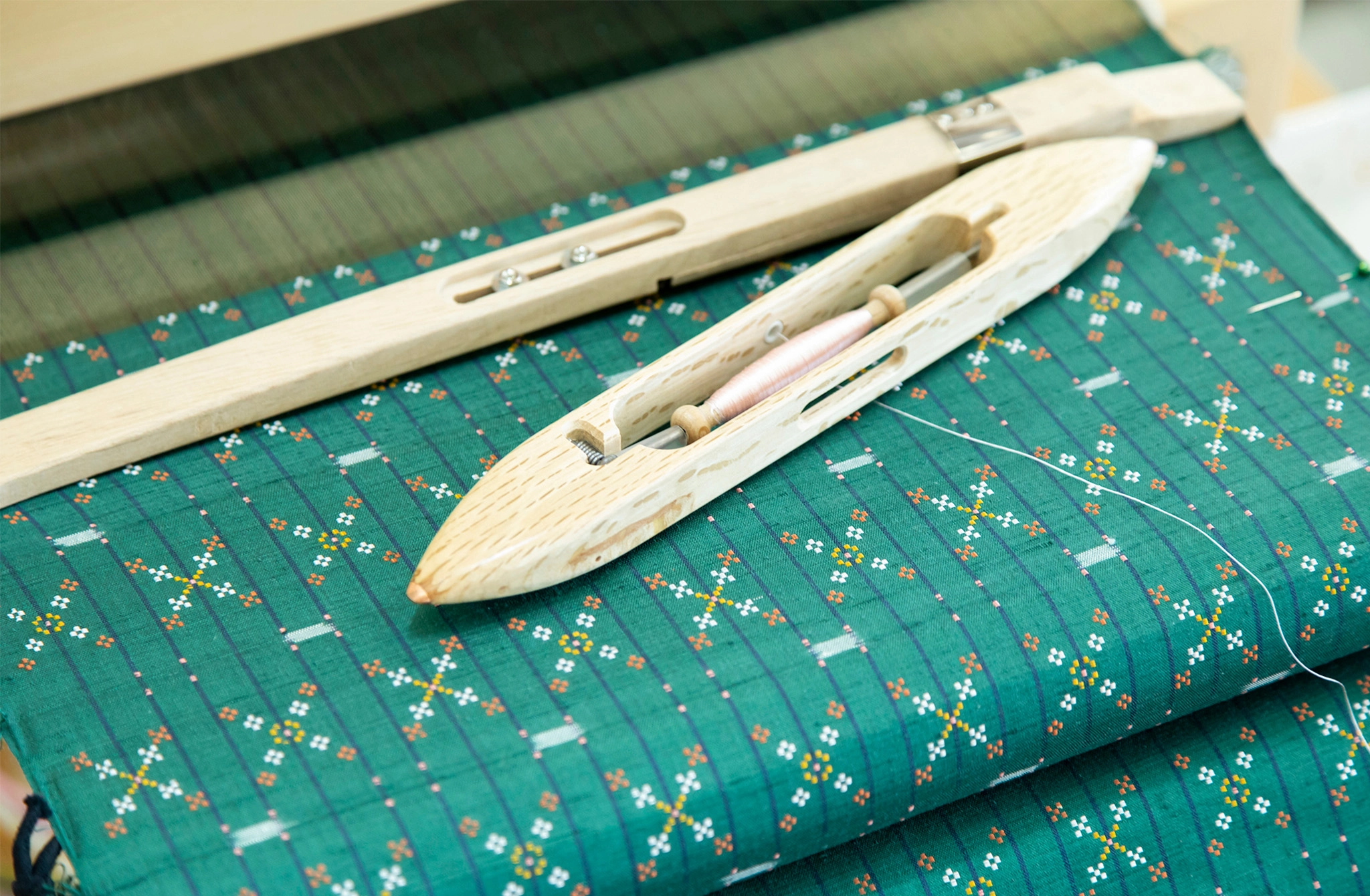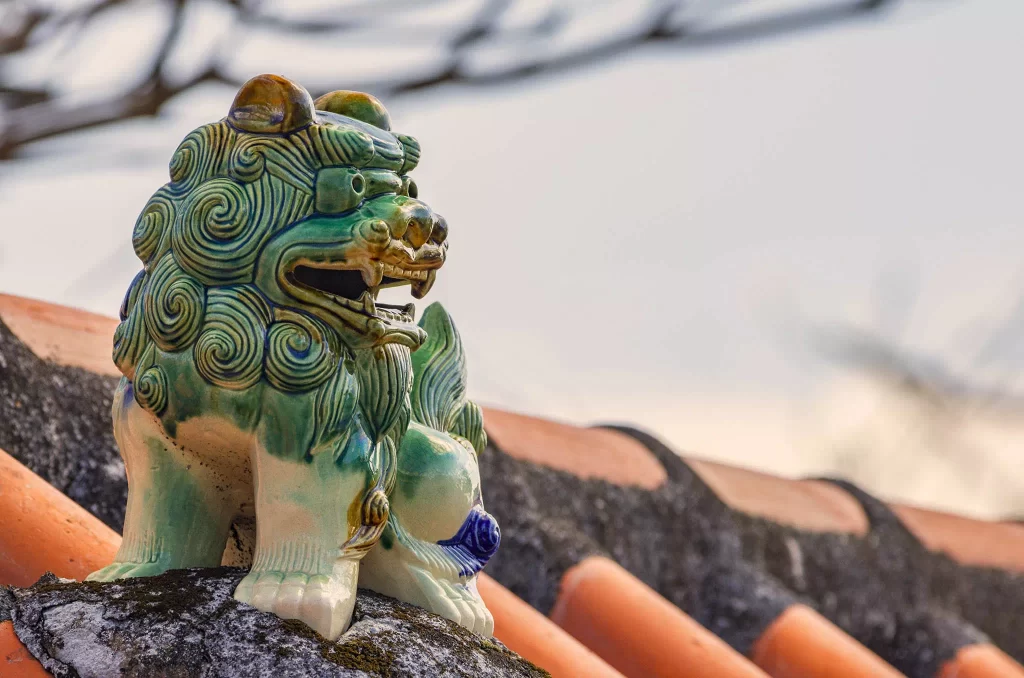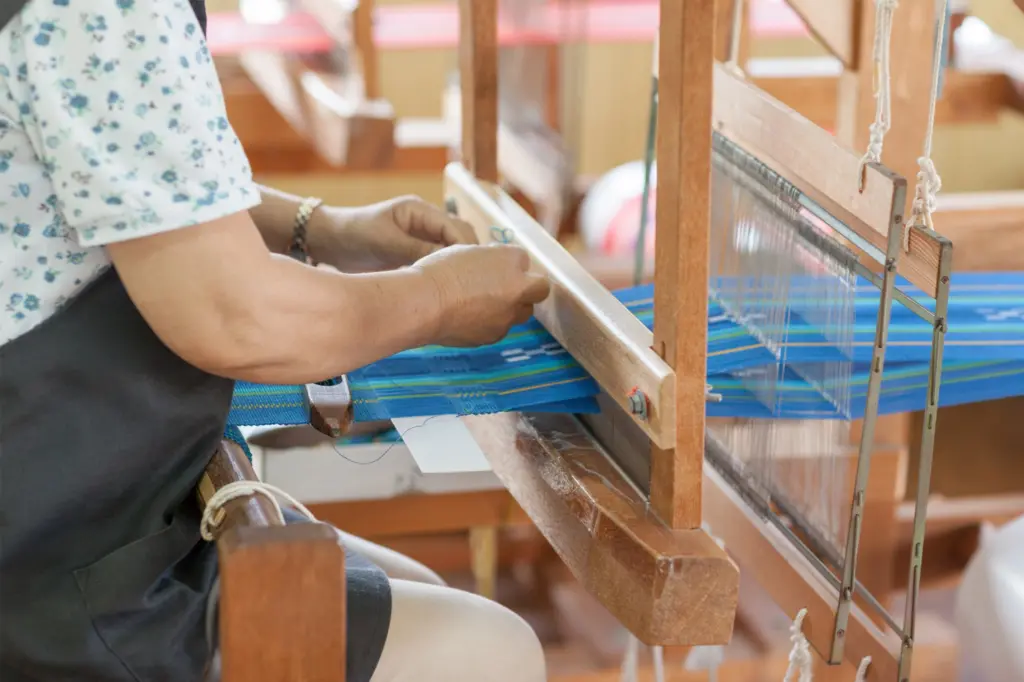13 Types of Okinawan Dyed and Woven Textiles
A look at the diverse textile traditions developed across the islands over generations
Okinawa is home to 16 nationally designated traditional crafts, 13 of which are dyed and woven textiles. Developed during the Ryukyu Kingdom era through regional innovation and influence from Asian trade, these textiles reflect the cultural and environmental diversity of the islands. Each region nurtured its own techniques and styles—resulting in a rich variety that shape Okinawa’s textile culture today.
Ryukyu bingata
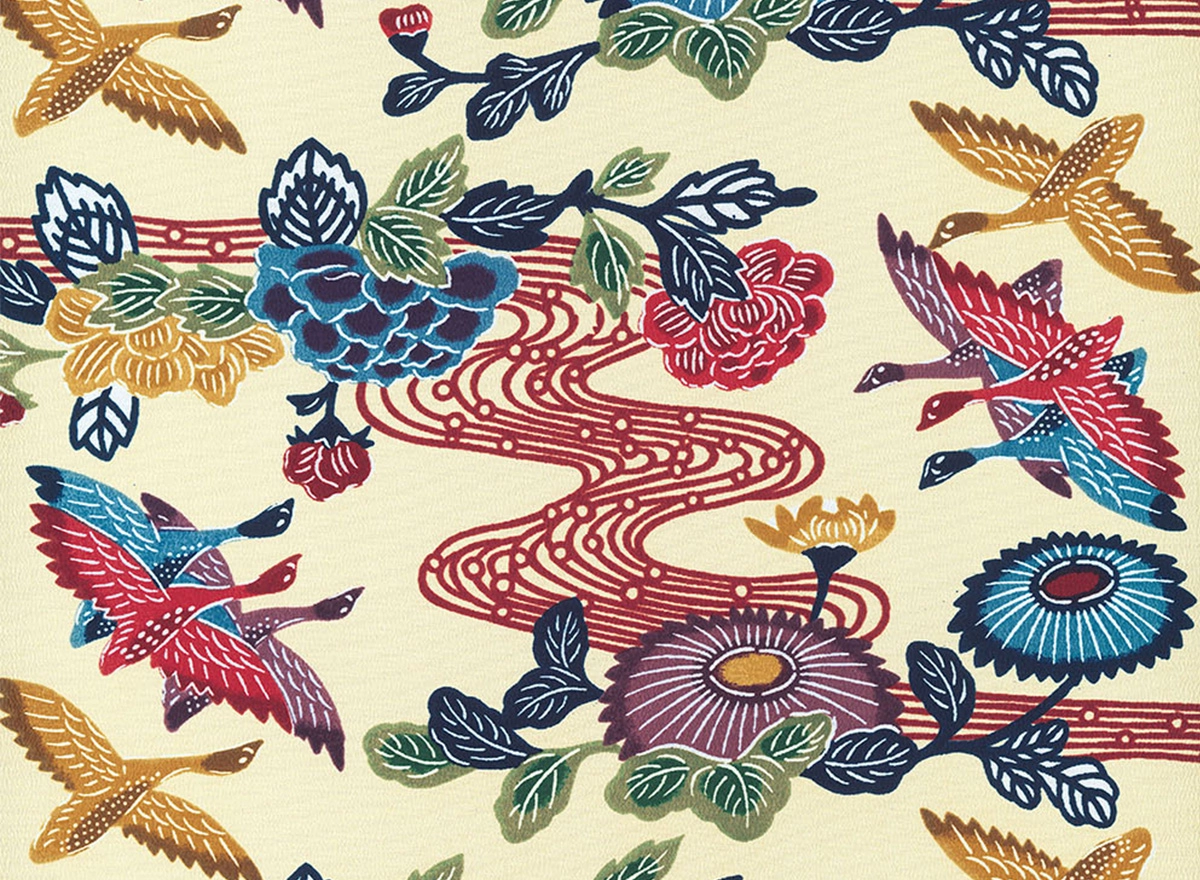
Ryukyu bingata dyeing is a traditional Okinawan dyeing technique, where bin refers to colors and gata means patterns. Traditional bingata patterns include motifs like phoenixes, dragons, and cranes—patterns influenced by Chinese and mainland Japanese art. More modern motifs, such as local flora and fauna, like the deigo (Erythrina) flower and fish, reflect Okinawa's unique environment.
Yaeyama jofu
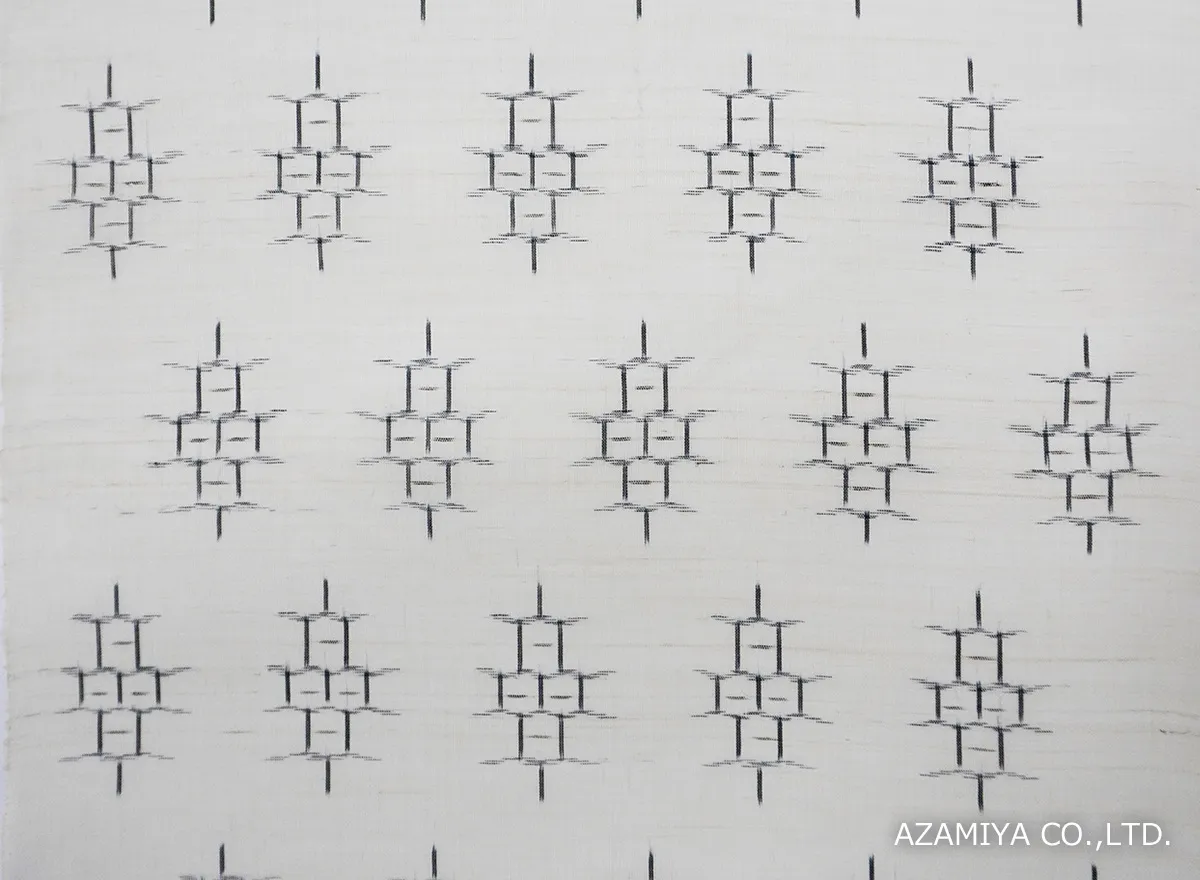
Produced mainly in Ishigaki Island of the Yaeyama Islands, Yaeyama jofu was a tribute textile during the Ryukyu Kingdom. Local artisans mastered the craft of weaving this lightweight and breathable fabric from ramie plants, featuring natural hues and simple red-brown ikat patterns on a white base.
Miyako jofu

Originating from Miyako Island, this textile has been passed down for over 600 years. The process of making Miyako jofu begins with cultivating ramie plants, extracting the fibers, and spinning them into threads. These threads are then tied to create patterns, repeatedly dyed in indigo, and woven into fabric. After weaving, the cloth is beaten with a mallet to refine its texture, giving it a smoother feel and a distinctive luster.
Kijoka bashofu

Considered one of the oldest textiles in Okinawa, Kijoka bashofu comes from the town of Kijoka in Ogimi Village. Made from the fibers of Japanese banana plants, the material is delicately processed by hand into threads and then woven into fabric. This traditional craft has been designated as a Important Intangible Cultural Asset in Japan.
Shuri ori
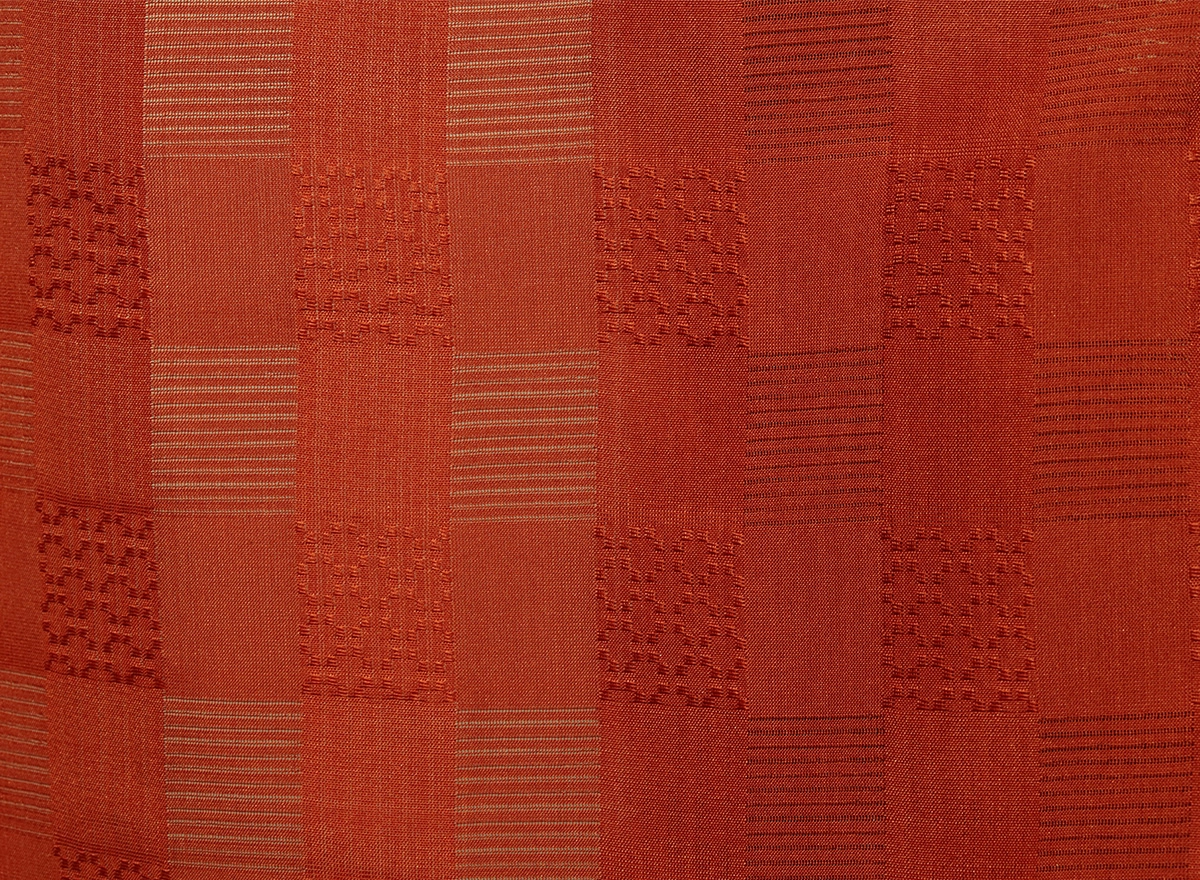
Shuri ori passed down in Shuri, Naha City, is known for its refined and intricate textiles. Among them, hanakura-ori is considered the most luxurious, reportedly worn by consorts and princesses of the royal family. Other beautiful and diverse weavings include roton-ori, which features warp float patterns created by lifting vertical warp threads using plain weaving techniques.
Yonaguni ori

Yonaguni ori refers to a collection of fabrics, which consists of dutati (a plain-woven, interwoven fabric), shidadi (handkerchiefs made with itabana-ori), kagannubu (narrow obi sashes featuring ikat patterns representing married couple), and hanaori (fabric featuring geometric flower designs). The dyes used are derived from plants native to the island, and the entire production process is done by hand.
Ryukyu kasuri
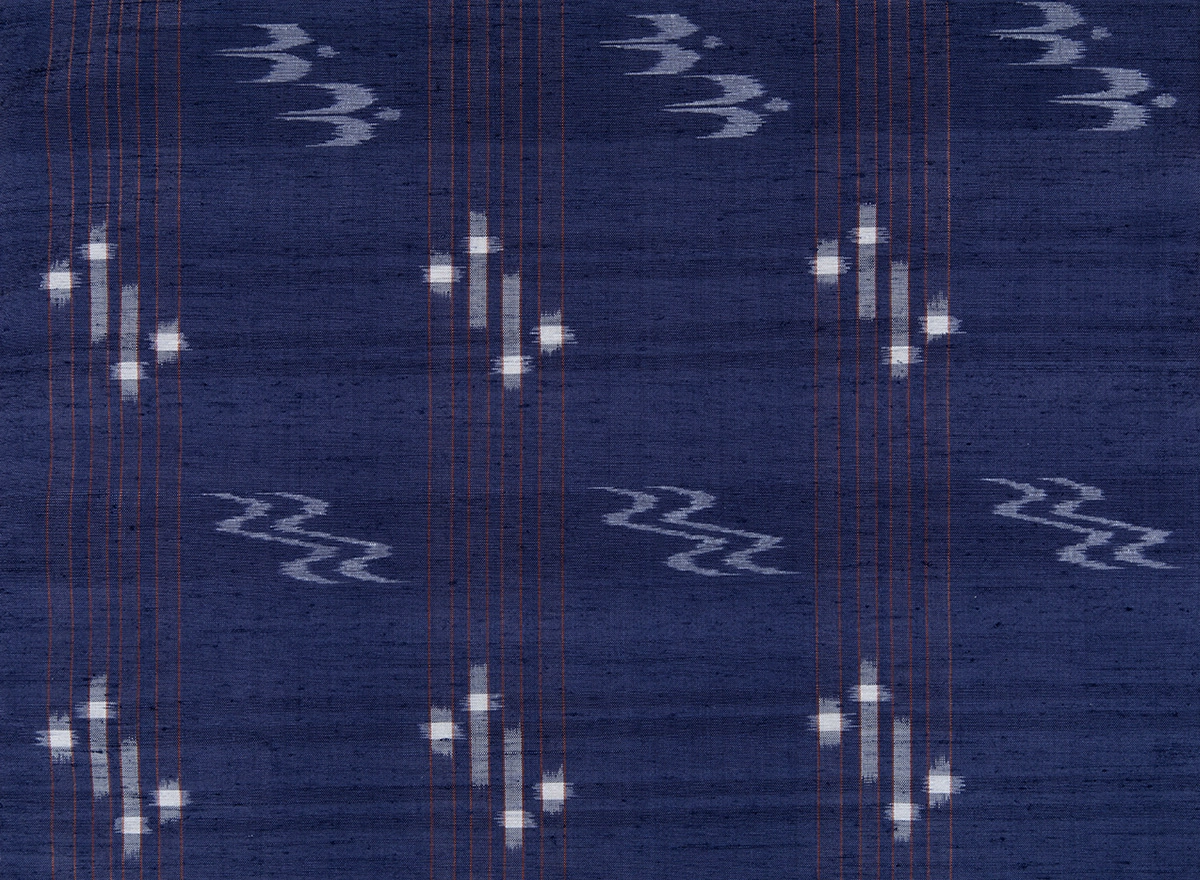
In Japanese textiles, kasuri (ikat) is a technique in which threads are partially dyed before weaving to create patterns. Ryukyu kasuri, primarily produced in Haebaru Town, is renowned for its intricate dyeing and weaving processes and is considered the origin of Japanese kasuri weaving. It features around 600 patterns from the miezu, which is a design chart with drawings of patterns created during the Ryukyu Kingdom era.
Yuntanza hanaui
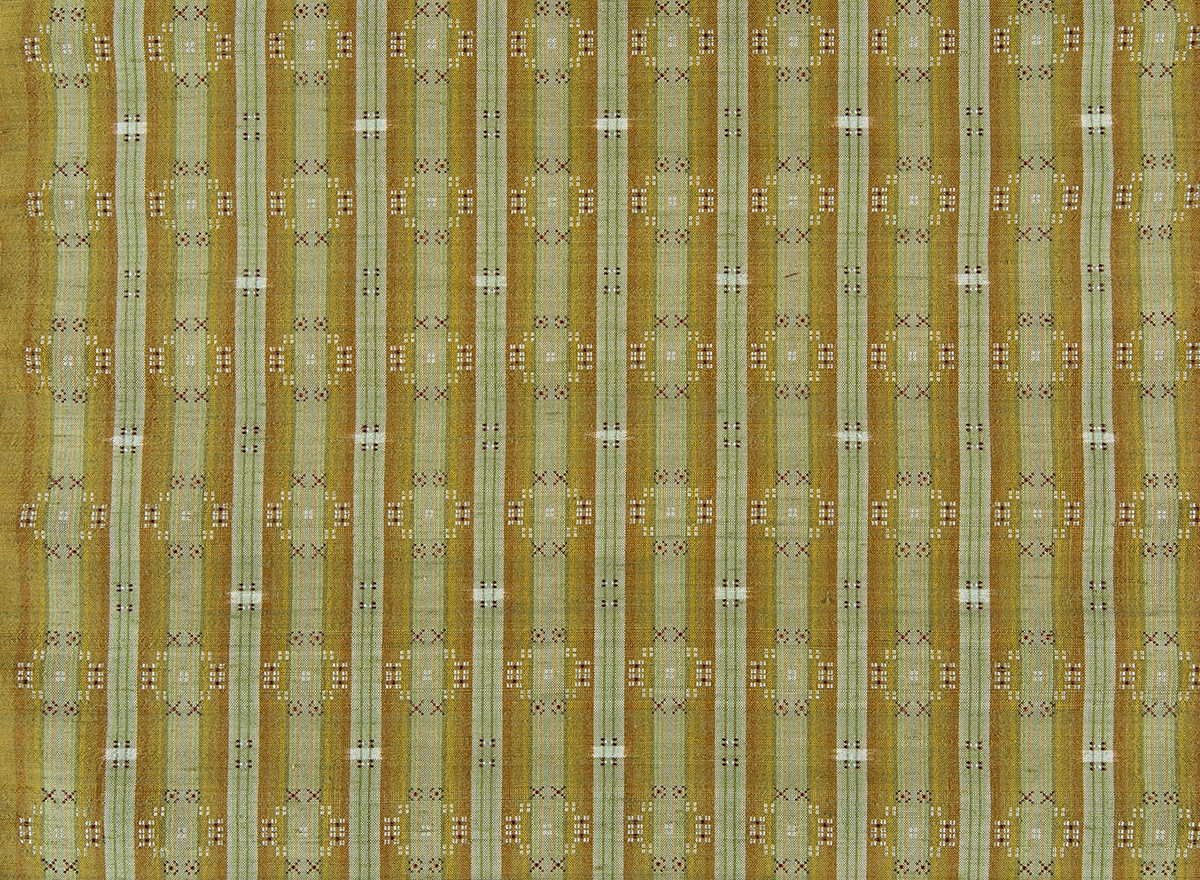
Yuntanza hanaui, crafted in Yomitan Village, features three distinctive patterns: ojibana (fan-shaped), kajimaya-bana (pinwheel-shaped), and jinbana (coin-shaped). These patterns are woven into a striking three-dimensional geometric composition. This exceptional fabric was introduced to Okinawa from southern countries across the sea, carrying with it a rich history and timeless charm.
Haebaru hanaori
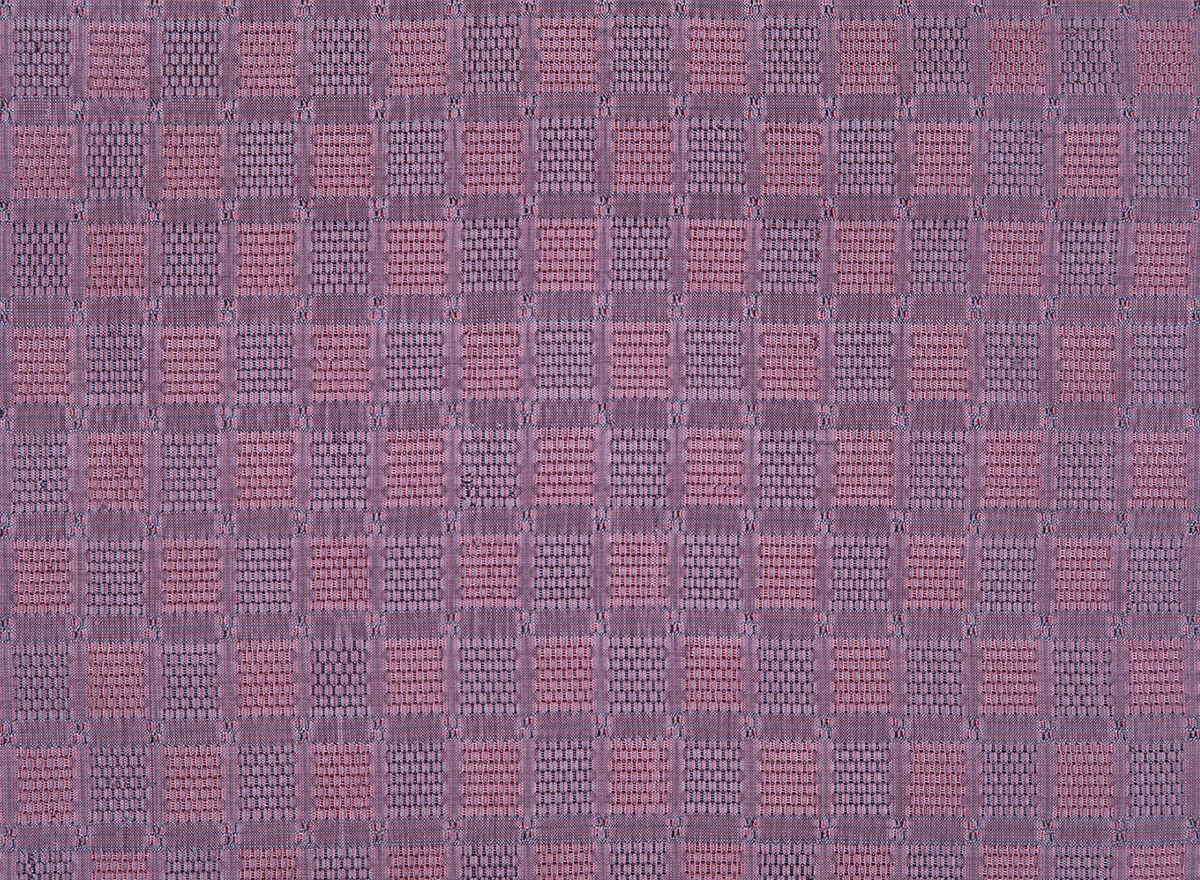
Haebaru hanaori, primarily produced in Haebaru Town, features unique patterns and names that are exclusive to this craft, such as kwan kwan hanaori, yashirami hanaori, tacchiri, and chippugasa. These textiles are characterized by their vibrant colors and three-dimensional designs, making them truly captivating.
Chibana hanaori
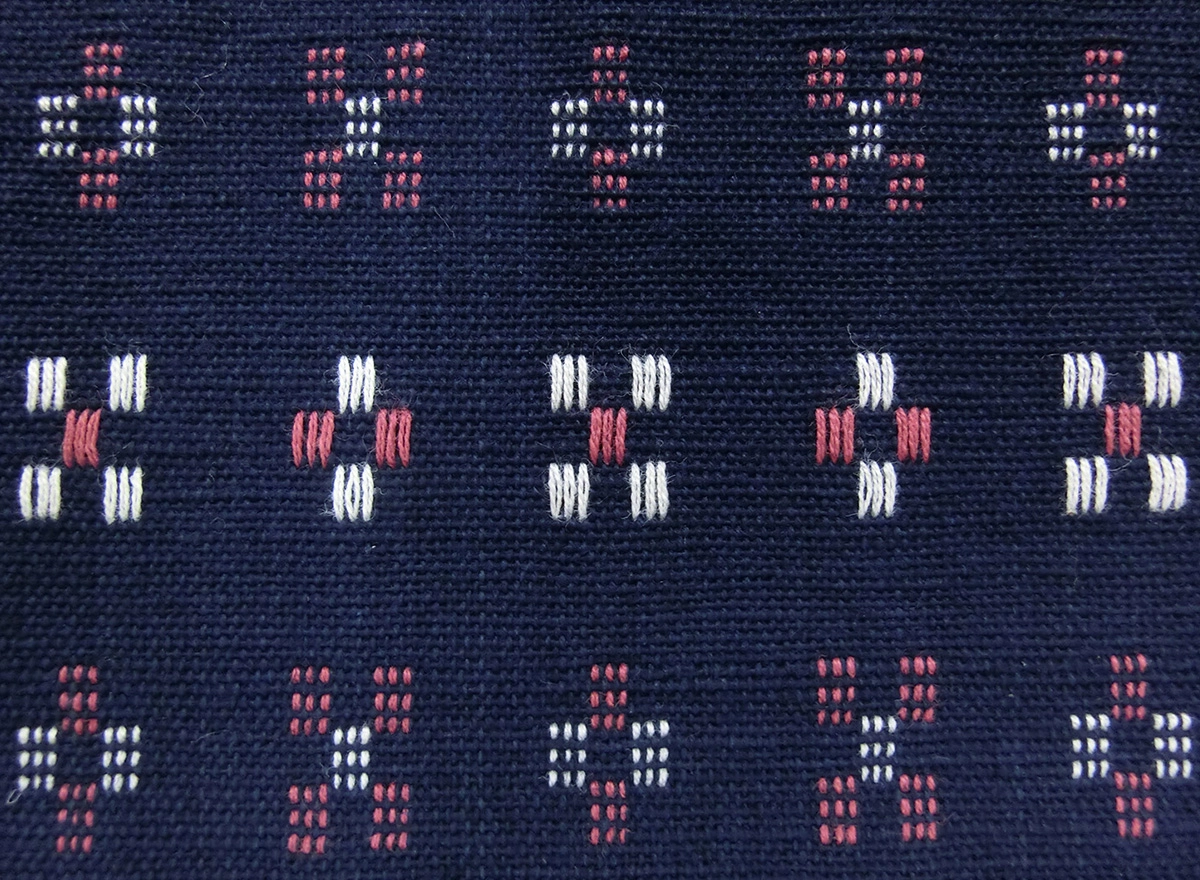
Chibana hanaori, made predominantly in Okinawa City, has long been cherished for ceremonial attire and special garments, such as those worn during festivals. This textile is distinguished by two weaving techniques: tateuki hanaori, where the pattern threads are raised vertically, and nuitori hanaori, where the threads are raised in a manner similar to embroidery.
Yuntanza minsa
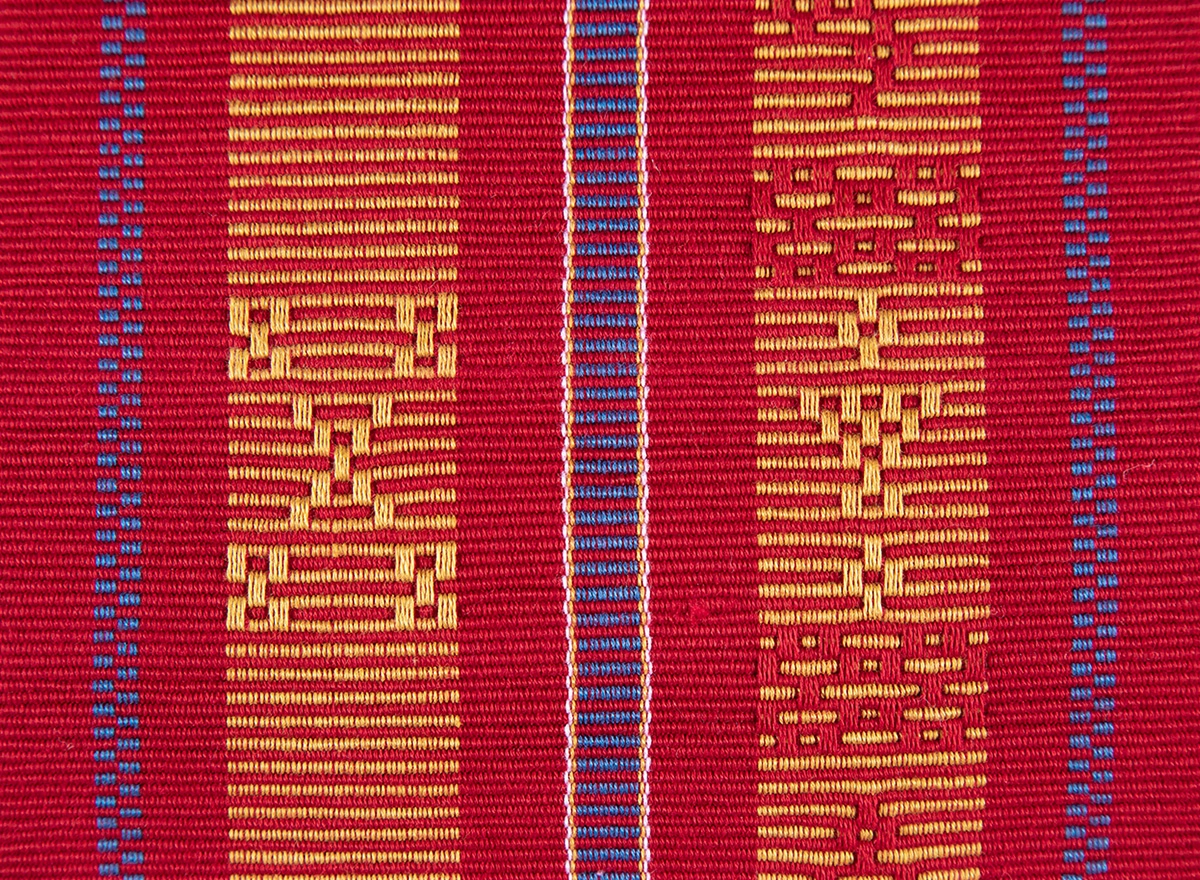
Yuntanza minsa, produced in Yomitan Village, is a type of textile known for creating narrow obi belts called minsa in the Okinawan language. The weaving method uses a technique called gushibana, which involves inserting bamboo skewers into the fabric during weaving, and is characterized by vibrant colors and ikat patterns, capturing the distinctive charm of the southern islands.
Yaeyama minsa
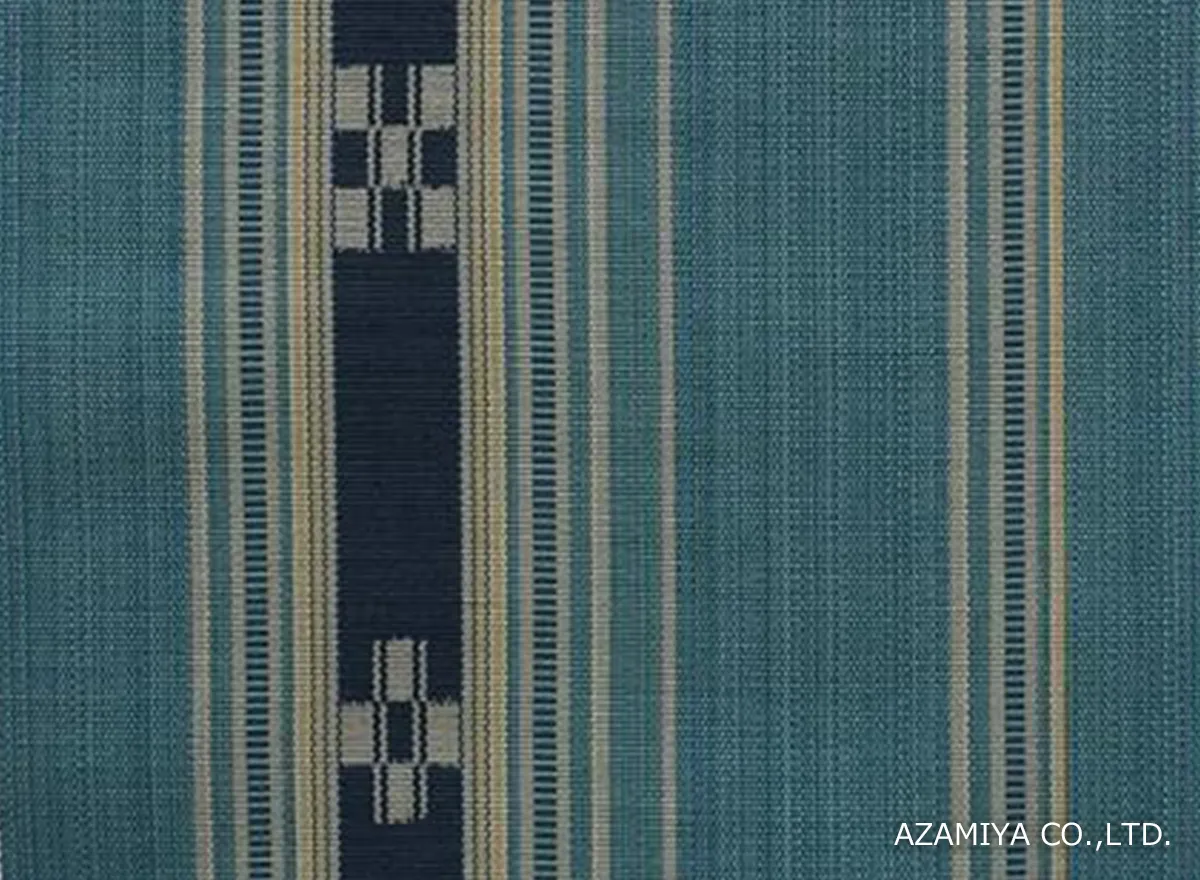
Yaeyama minsa is known for its distinctive ikat patterns, which combine five-sqaure and four-sqaure motifs. The design carries the sentiment of "May our love last forever." The term minsa is said to originate from the narrow cotton belts woven with this technique, where min refers to cotton and sa refers to the narrow width of the woven band.
Kumejima tsumugi

Kumejima tsumugi is admired for its rustic charm and distinctive colors, achieved through the use of plant dyes and mud-dyeing techniques. The entire production process, from designing the patterns to finishing the fabric, is carried out by a single weaver. The mud-dyeing enhances the fabric’s luster, giving the naturally deep tones an added elegance.

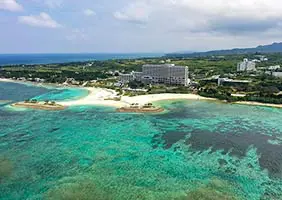
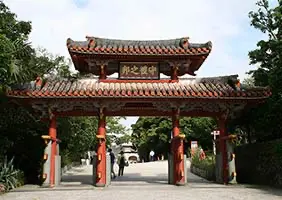
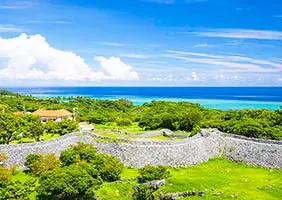
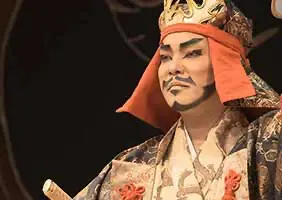
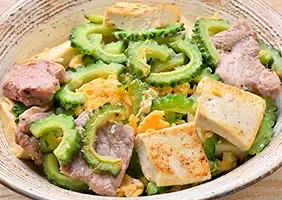

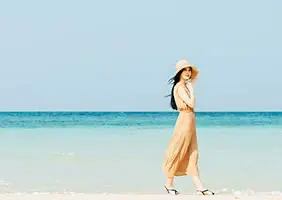

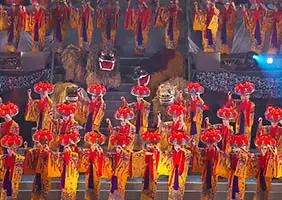
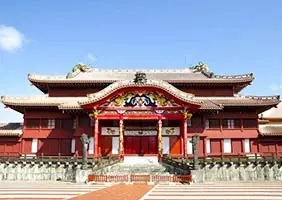
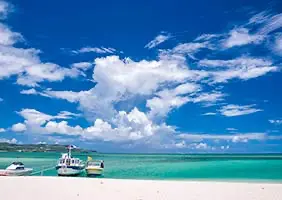
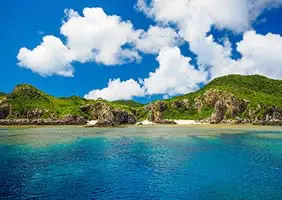
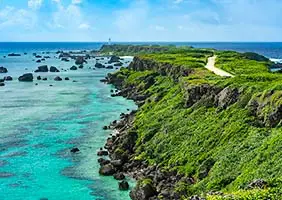


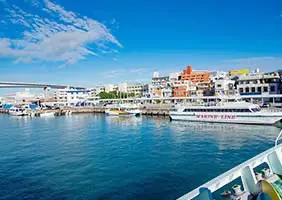
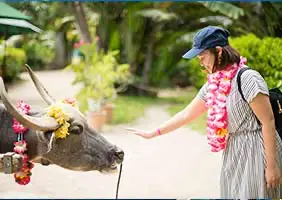

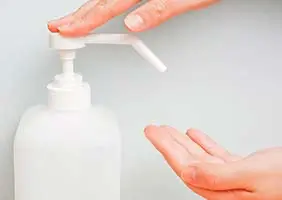


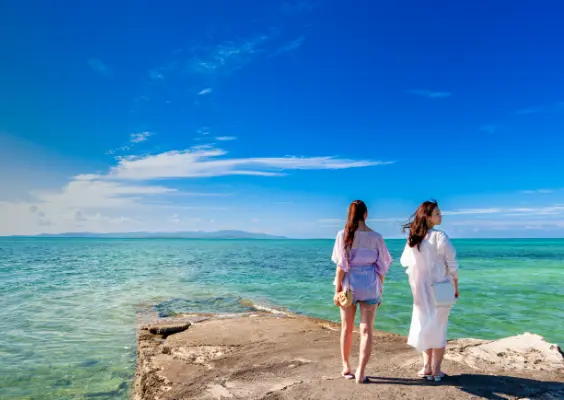
 Facebook
Facebook Twitter
Twitter Copy URL
Copy URL


